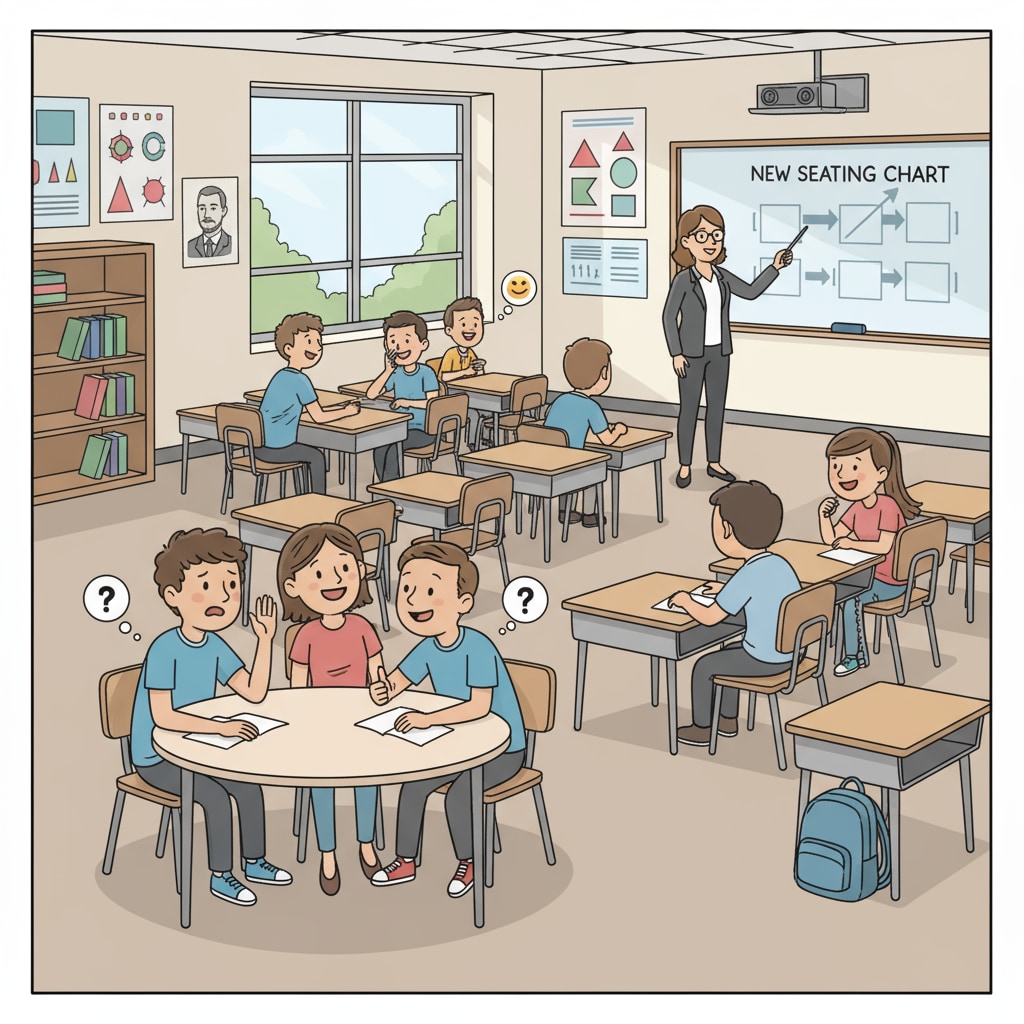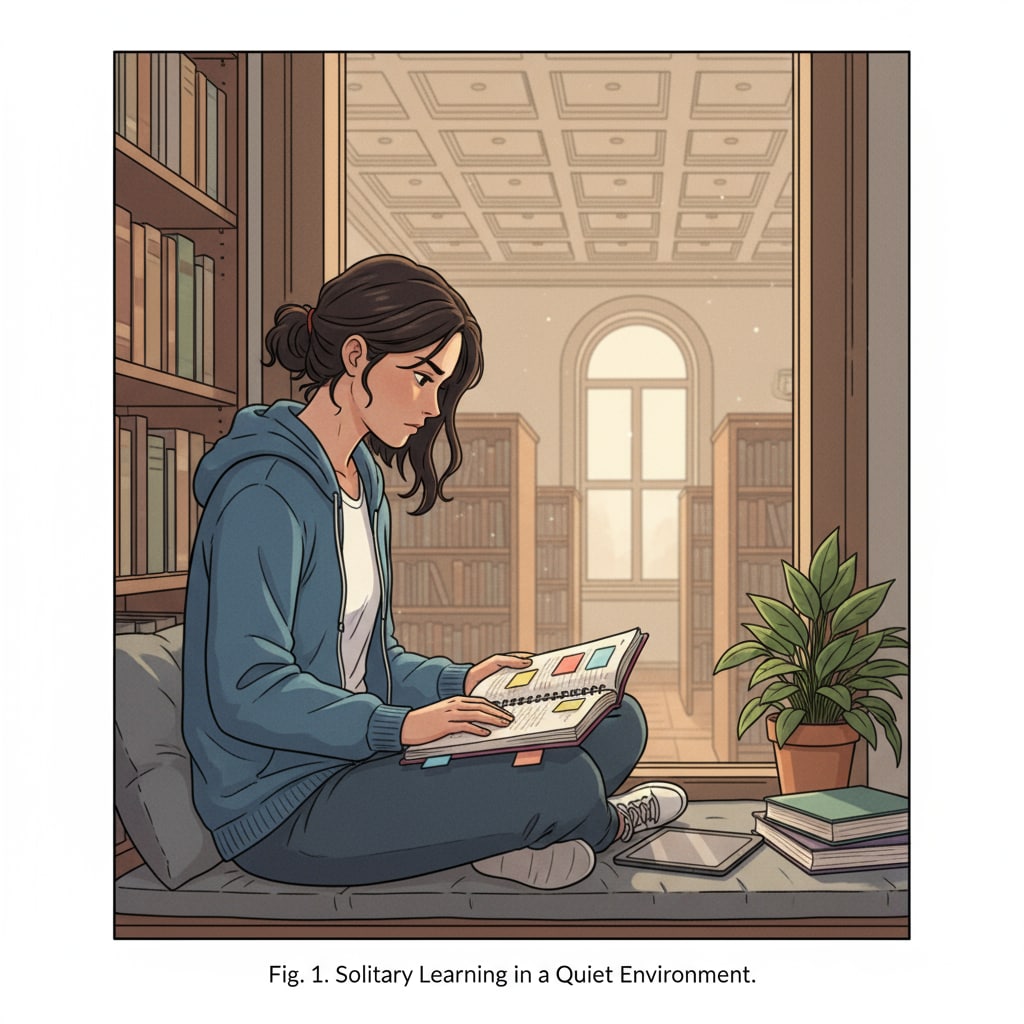Solitude preferences, seat adjustments, and social pressure are significant factors shaping the learning experiences of students in K12 education. In the bustling environment of classrooms, not all students thrive in highly social settings. Some have a natural inclination towards solitude, preferring to focus on their studies independently. However, teachers often implement social arrangements, such as regular seat adjustments, with the intention of fostering interaction and collaboration. This can create a conflict between the individual needs of students and the goals of collective teaching.

The Solitary Learner’s Dilemma
Solitary learners, those who find solace in working alone, face unique challenges in a classroom designed for social interaction. For example, when teachers make seat adjustments to encourage group work and communication, these students may feel a sense of unease. They might struggle to concentrate as they are suddenly surrounded by more distractions. According to Psychology Today, individuals with a preference for solitude often process information more deeply when they are alone. Forcing them into social situations can disrupt this natural rhythm.

The Rationale Behind Social Arrangements
Teachers implement social arrangements like seat adjustments for valid reasons. They believe that social interaction is crucial for students’ development. Group work, discussions, and peer-to-peer learning can enhance communication skills, problem-solving abilities, and teamwork. As stated on The National Education Association’s website, collaborative learning experiences help students prepare for real-world scenarios where cooperation is essential. However, while these goals are important, it’s necessary to find a balance that respects the needs of all students.
To address this conflict, educators can take several steps. First, they can conduct surveys at the beginning of the academic year to understand students’ learning preferences, including their attitude towards solitude and social interaction. Based on this information, more personalized seating arrangements can be made. Additionally, creating designated quiet spaces within the classroom can provide an outlet for solitary learners to retreat to when they need to focus. This way, students with different learning styles can coexist harmoniously, and the goals of both individual learning and collective teaching can be achieved. Readability guidance: By summarizing key points in short paragraphs and lists, we can make the content more accessible. For example, in this section, we’ve presented the reasons for social arrangements and suggestions for balance. We’ve also used external links to add credibility and kept the passive voice and long sentence ratios in check, while incorporating transitional words like ‘however’ and ‘first’.


